Unlocking Airside: The ‘Anticipation Advantage’
Six traveller psychology secrets you can harness for travel retail marketing
When travellers step airside, they enter a singular emotional zone — a psychological state that brands can tap into with extraordinary impact.
We call this the “anticipation advantage.”
But what exactly is it, and why does it make travel retail such a powerful space for experiential marketing?
The Anticipation Advantage
Anticipation isn’t just applicable to those looking forward to a holiday or business trip; it’s a cocktail of emotions and mental states that primes travellers for new experiences.
It’s the calm after the logistical storm of getting to the airport, where stress gives way to curiosity and openness. People’s minds quiet down, ironically making them more alert to new stimuli.
It’s rooted deeply in human behaviour and neuroscience. Studies on travel psychology indicate that anticipation activates brain regions tied to reward and motivation. Plus, acting on this moment feels natural.
When you’re physically “in transit” but mentally in a reflective, expectant mode, you’re more likely to explore, experiment, and embrace novelty.
This state comes from a mix of psychological factors:
1. Heightened emotional state (anticipation and excitement)
Travel involves emotional highs. This intensity enhances sensory perception and memory formation, making travellers more receptive to brand stimuli and new experiences. The mix of excitement and mild anxiety also creates a readiness to engage rather than passively pass through.
Brand tip: Design multi-sensory activations to capture passenger attention and cement your brand in their memories.
2. Goal-gradient effect
Once travellers have passed through the hurdles of check-in and security, they feel a sense of progress and accomplishment. This psychological boost motivates them to reward themselves or explore new things, increasing the likelihood of spontaneous purchases.
Brand tip: Position your products as the big “reward” for reaching the departures milestone.
3. Quality attention in a pause between stresses
Airside is a transitional space where the stress of travel logistics is behind, but the journey isn’t yet underway. This pause allows travellers to be more relaxed, unhurried, and mentally present — conditions that favour exploration and discovery rather than rushed or distracted shopping behaviour.
Brand tip: Make the most of this focused attention by offering experiences that take travellers on a journey of discovery. You can go beyond sampling and take them on a trip about your brand’s story.
4. Temporal discounting and present-mindedness
When travellers are about to embark on a trip, the future journey feels imminent and important, which narrows their focus to immediate enjoyment and experiences. This mindset encourages them to seize opportunities right then and there.
Brand tip: Frame offers and activations as a “now or never” opportunity to drive trial and conversions while passengers are in a YOLO state of mind.
5. Novelty and escape from routine
Travel inherently breaks routine, and airports amplify that sense of being “in a different place.” People are more open to discovery in such contexts, craving novelty as part of the travel experience. This makes them more willing to try products they might not consider in daily life.
Brand tip: Be bold. Go big. Surprise them with your brand — with an experience that’s totally out of the box compared to regular travel hub sampling. They’re ready to lap up that novelty.
6. Social and communal atmosphere
Being surrounded by other travellers sharing similar emotional states creates a communal vibe of curiosity, reinforcing positive feelings about engaging with new brands.
Brand tip: Design experiences where travellers can lean into that sense of camaraderie and community, using interactivity and gamification as immersive tools so that these positive feelings are transferred to your brand.
Unlike typical retail spaces where shoppers might be rushed or distracted, airside zones provide the opposite: quality attention.
Here, conversations are warmer, trials more memorable, and brand stories resonate longer.
When done well, airside activations entertain travellers, enriching the journey itself.
The Takeaway
The ‘anticipation advantage’ marks a shift in how we think about experiential marketing in travel retail.
Airports are evolving beyond transit hubs to become stages for authentic storytelling, deeper connections, and memorable brand experiences.
Connecting during this psychological sweet spot offers a unique edge — a time when your brand can genuinely lift off.
Thanks for reading folks. If you have any questions or are interested in working with us, drop us a line






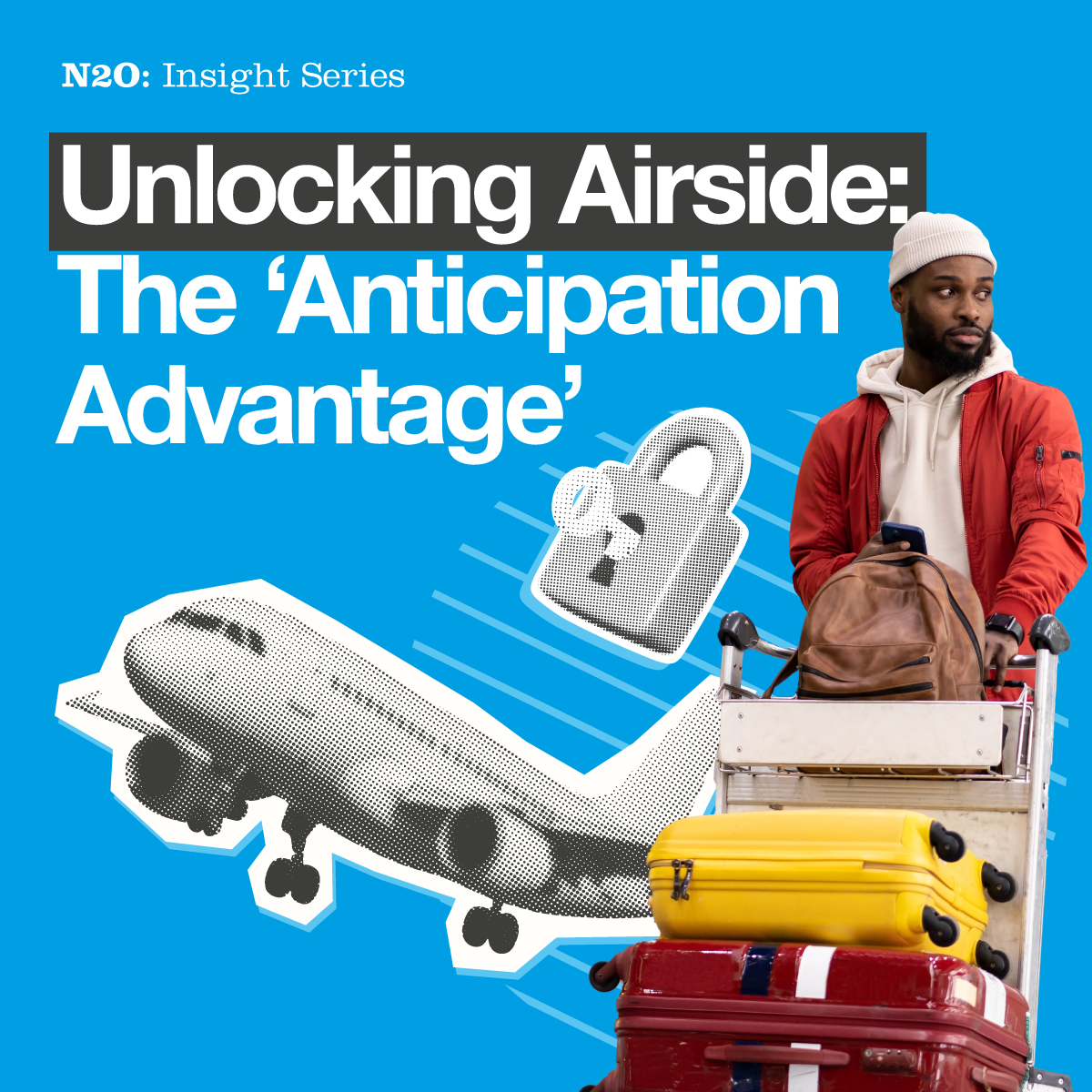
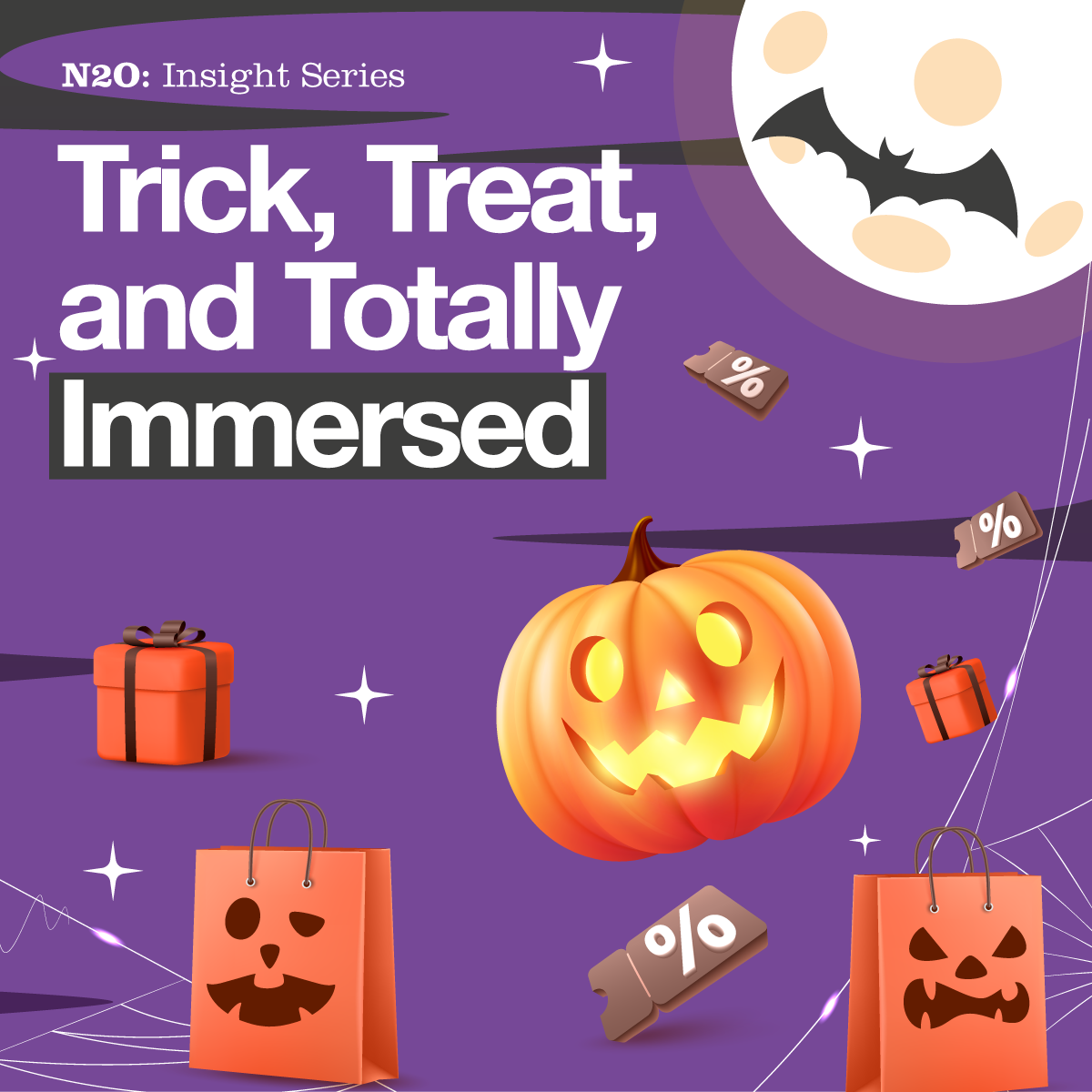
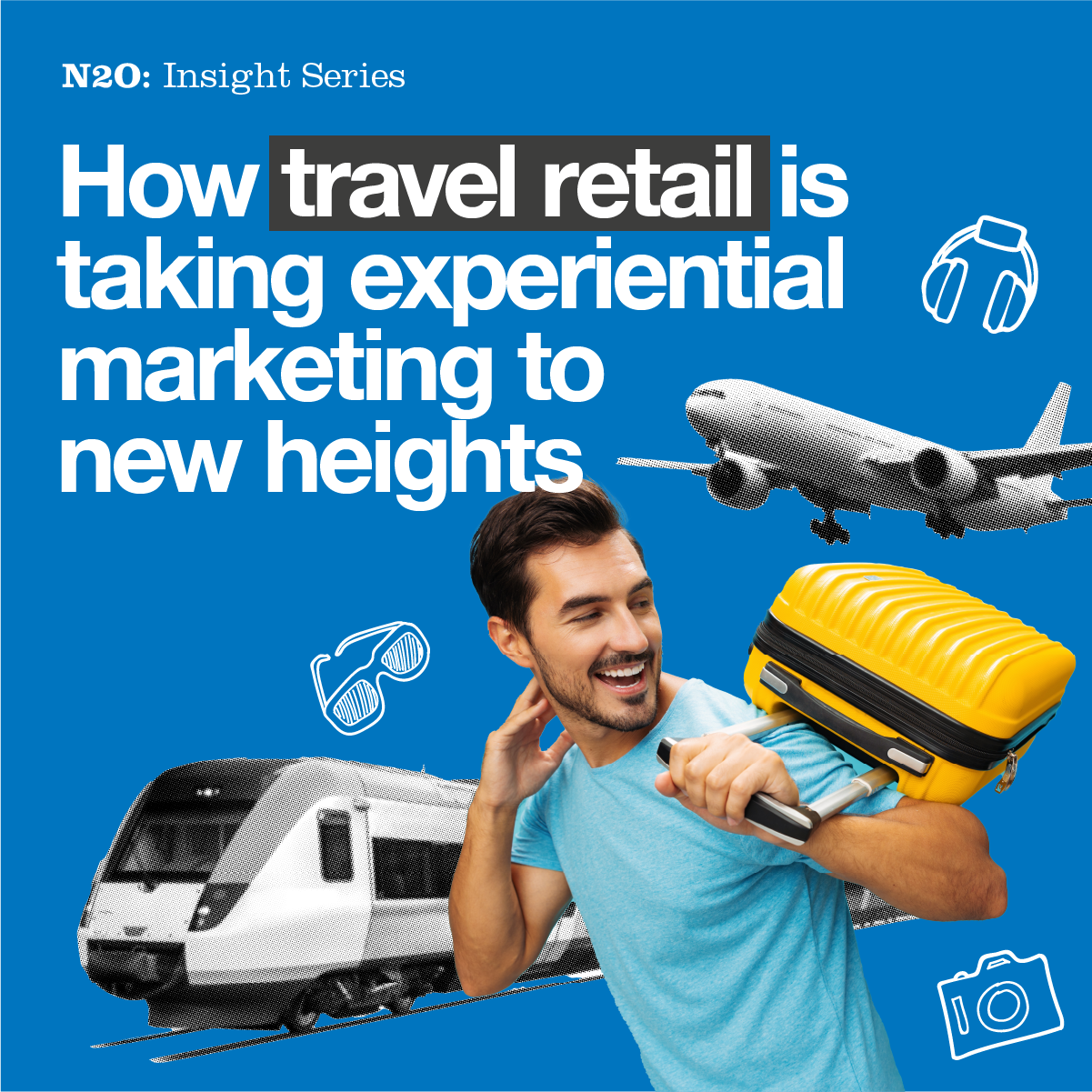





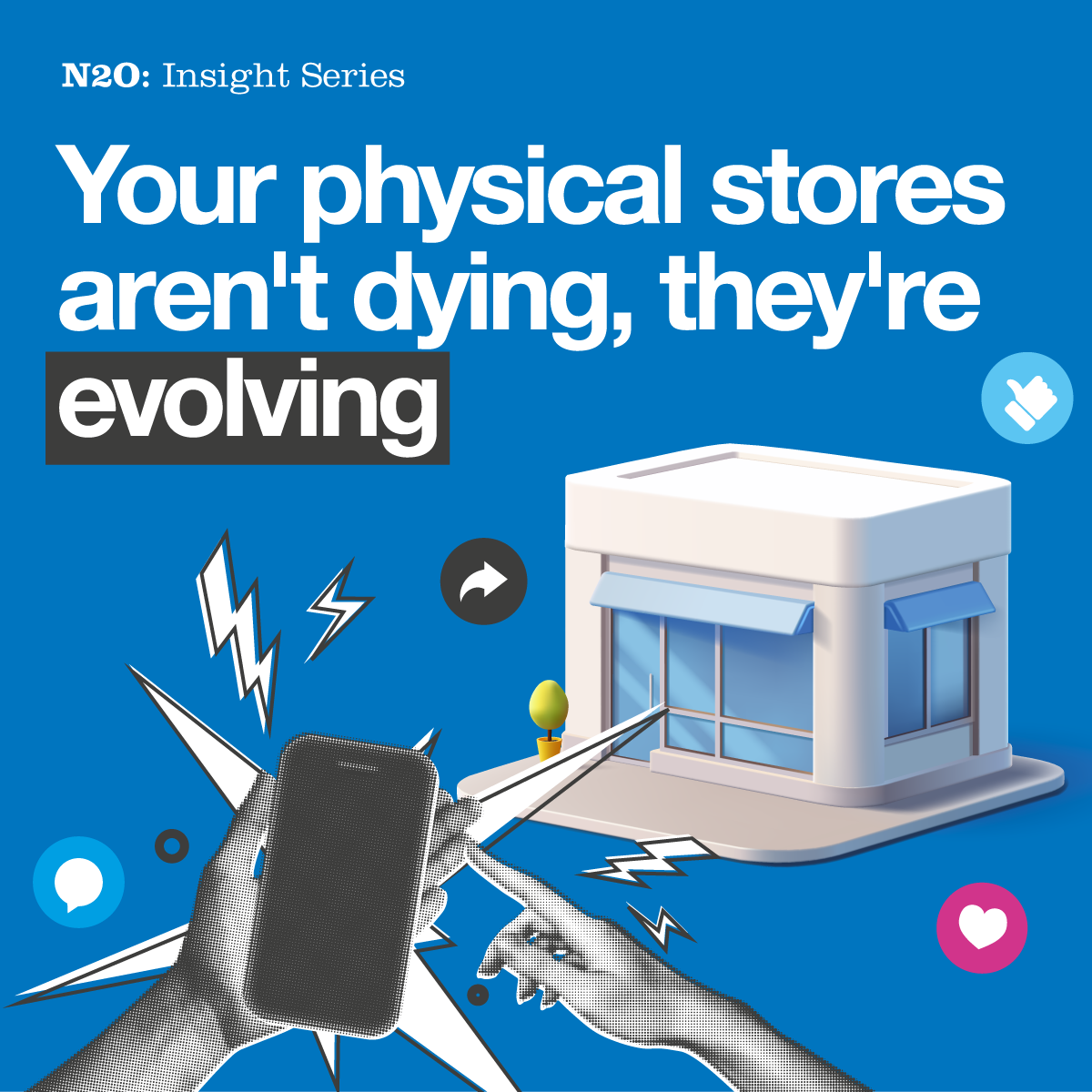









































































.jpg)







.jpeg)
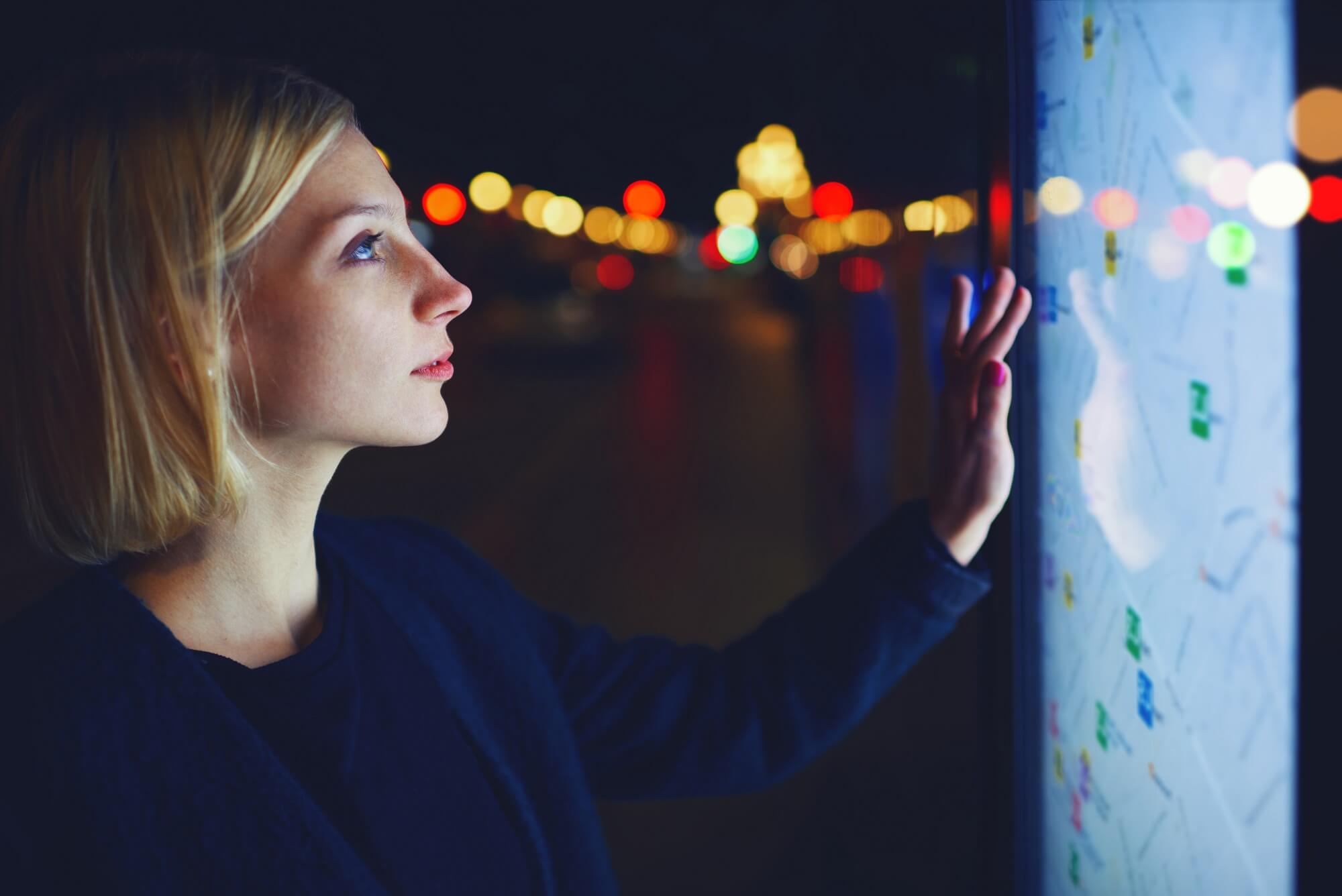
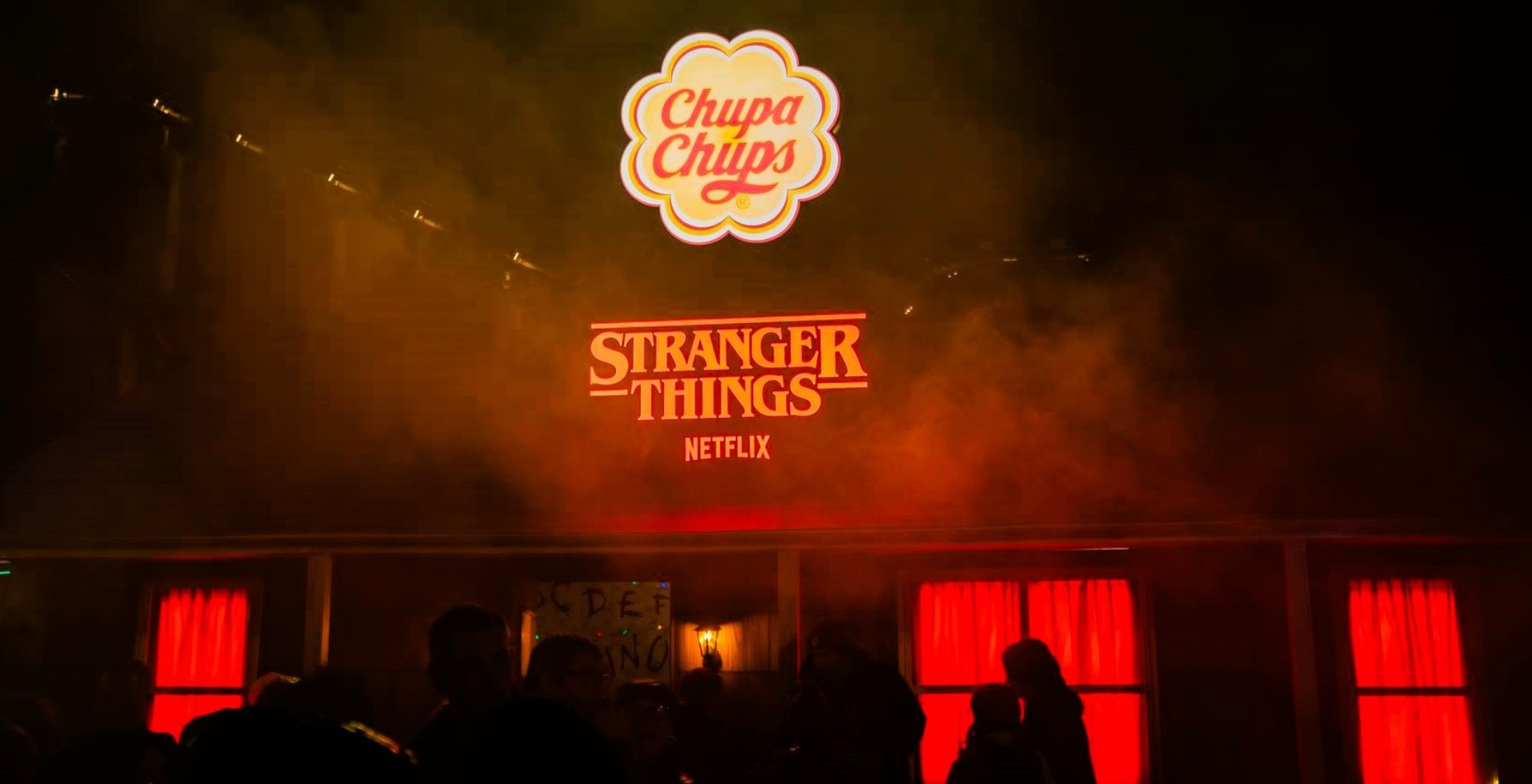
.png)
.png)


















